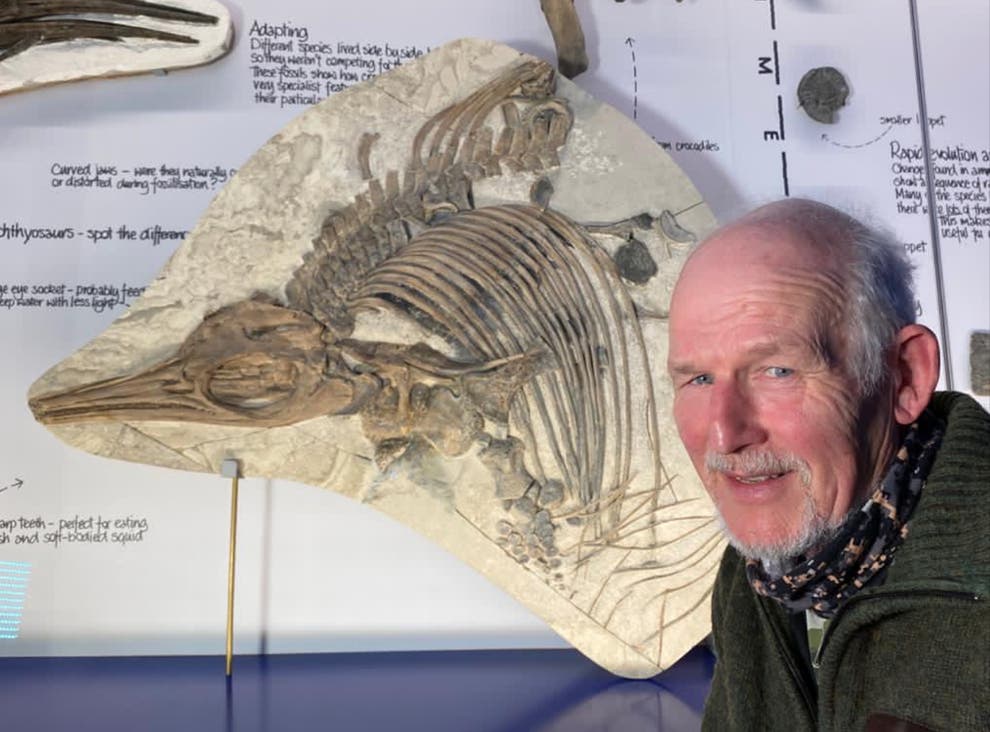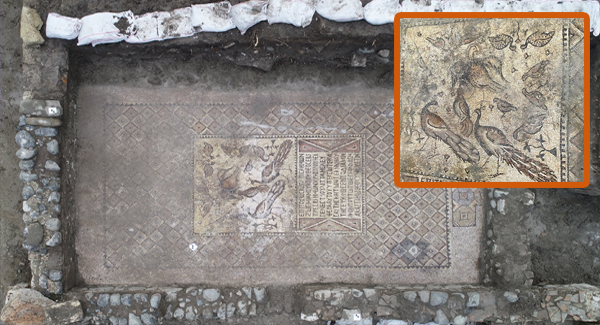The Karara Shaft, unlike any ordinary cave, is located in the rugged North Caucasus. This vertical chasm plunges deep into the Earth, its walls constructed from massive stone blocks fitted together with almost supernatural precision. Who built this subterranean marvel, and what secrets does it hold? Could it be a gateway to a lost civilization, a relic of a time when technology far surpassed our own? The discovery of this prehistoric underground megastructure in Russia challenges the limits of ancient engineering.
Unearthing the Karara
The North Caucasus, nestled within Russia’s Kabardino-Balkaria Republic, is a region where mountains pierce the sky and untamed wilderness stretches endlessly. Bordering the southern Caucasus nations of Georgia and Azerbaijan, it is home to the legendary Mount Elbrus, Europe’s highest peak. For centuries, the North Caucasus has been a cradle of diverse cultures, collectively known as the Klenar community. Among these ancient societies, the Sin culture stands out, leaving a legacy that continues to intrigue archaeologists and historians today.
In 2011, amidst this land of ancient history and breathtaking landscapes, a discovery unfolded that sent ripples of astonishment through the archaeological world. Arthur Zekov, a Russian speleologist and explorer of hidden cave systems, was conducting research in the region. While exploring the heights of the Karara mountain peak, he stumbled upon a site that defied explanation. Concealed within the mountain’s rocky embrace was a vertical shaft plunging deep into the Earth. Its entrance, formed by two parallel stone slabs fitted with astonishing precision, hinted at something extraordinary below.
The shaft descended vertically for about 130 feet, its walls crafted from massive stone blocks so carefully arranged that they seemed to defy natural formation. The walls were straight, polished to an almost unnatural smoothness, bearing the unmistakable mark of intelligent design. At the bottom, the passage opened into a vast underground hall, its sheer scale hinting at the immense effort required to create it. The walls of this subterranean chamber, like those of the shaft, were constructed from enormous, precisely fitted megalithic blocks. Some blocks were so large they resembled ancient columns, interlocked with such accuracy that gaps between them were nearly imperceptible.
Reaching this hidden hall was no easy feat. The entrance shaft was narrow, measuring just 134 by 43 centimeters—a tight squeeze even for the slimmest explorers. Those who braved the descent navigated a series of ledges and additional vertical shafts, each more challenging than the last. A 16-meter shaft led to two more passages, culminating in a final 10-meter descent into the underground hall, which stretched 36 meters in length. The hall’s walls displayed breathtaking craftsmanship, with seams between the massive stone blocks visible in some areas, highlighting the precision with which they were fitted, creating the illusion that the stones had melted into one another.
Arthur Zekov and his team stood in stunned silence within the heart of the mountain. The structure’s scale and precision left them speechless—it was unlike anything they had seen. The narrow passage, descending several meters with polished walls, was awe-inspiring, but the archway marking the transition into the Great Hall was the true masterpiece. This arch, a marvel of ancient engineering, had a smooth, polished surface curving gracefully overhead like a perfectly formed parabola. The time and effort required to shape and polish such massive stone blocks, let alone fit them together with such precision, were staggering.
Drawing on his years of experience exploring ancient subterranean structures, Zekov noted similarities between the Karara Shaft and the inner chambers of the Egyptian pyramids. The megalithic walls, so carefully fitted, resembled those in the Grand Gallery of the Great Pyramid of Giza, with eerily similar block dimensions. This resemblance to one of the ancient world’s most enigmatic and technologically advanced structures fueled speculation about the Karara complex’s purpose. Could this subterranean marvel, hidden in the Caucasus Mountains, have served a similarly advanced function, its true purpose lost to time? Was this astonishing shaft merely a small part of a larger complex waiting to be rediscovered?
The Treacherous Exploration of the Karara Shaft
Arthur Zekov ventured into the shaft’s depths at least 15 times, each descent fraught with danger. Disregarding basic safety protocols, he relied on a single person at the top to secure him and used rudimentary tools, such as a simple household rope. Ideally, he needed two 100-meter ropes—one for the main line and one for safety—but these would only suffice for three or four descents. The expedition required specialized equipment and machinery, and even reaching the structure’s base was a challenge worthy of seasoned climbers. The descent tested agility and endurance, taking over an hour, with the return climb even more grueling. Only those with extensive climbing experience could endure the physical demands.
Yet the challenges didn’t end there. Zekov and his team knew they had only scratched the surface of this subterranean labyrinth. Hints of unexplored passages and chambers whispered from the depths, tempting them further into the mountain’s embrace. The discovered shaft’s vastness suggested a more extensive network hidden from view. The sensation of fresh air, not from the entrance above but seemingly emanating from the chamber’s walls, fueled their belief that the structure extended far deeper. Undeterred, the team ventured 100 meters deeper, only to be halted by narrow passages blocked by rockfalls—impassable barriers created by time.
Zekov’s photographs from these perilous expeditions captured the structure’s grandeur, demonstrating its significance and warranting thorough investigation. The images revealed flawlessly smooth, parallel walls polished to a sheen, unlike any natural rock formation. Massive rectangular blocks with laser-straight edges formed the structure’s backbone, with a mortar-like substance between them. The absence of oblique cracks, common in natural tuff formations, solidified the belief that this was no natural structure. Yet the question lingered: how could an ancient civilization, limited by their era’s tools and technologies, have accomplished such a feat? The Karara Shaft challenged conventional understanding of ancient construction techniques, hinting at a lost technology and mastery of stonework that seemed mythical.
Theories and Mysteries Surrounding the Karara Shaft
The discovery of the Karara Shaft sparked a firestorm of speculation. Theories about its purpose ranged from the mundane to the fantastical—some suggested it was an ancient storehouse, while others whispered of extraterrestrial involvement. Initial investigations yielded no easy answers: no traces of human habitation, artifacts, tools, or skeletal remains were found. However, this absence did little to dampen researchers’ curiosity. Many believed the structure, with its unusual features, was never meant as a dwelling, its purpose lying beyond conventional understanding.
Vadim Chernobrov, head of Cosmopoisk, a renowned Russian organization studying anomalies, teamed up with Zekov to explore the shaft. Their expedition, documented for a Russian television program, deepened the mystery. Chernobrov’s detailed drawings of the shaft’s precise measurements and scale, compared to known cave systems worldwide, highlighted its artificial nature. A three-dimensional model juxtaposed against a Soviet-era space rocket emphasized its uniqueness. Chernobrov proposed that the shaft served a higher function, noting that the narrow passages—some barely wide enough for a child—and tiny, deep cavities in the walls were not meant for human passage. These features echoed the mysterious cavities in Egypt’s pyramids, spaces unsuited for human occupation yet hinting at sophisticated, unknown technologies.
While its function remained elusive, the shaft’s precise construction and immense scale pointed to a deliberate purpose. Chernobrov speculated it could have been a subterranean facility for cultivating specialized plants, part of an ancient industrial complex, or a resonator harnessing unknown energies. Others suggested it monitored seismic activity or tapped into Earth’s natural energy currents. Some researchers theorized it was the subterranean foundation of a colossal pyramid that once stood on the mountain summit, now lost to time. Experienced climbers noted the constant airflow within the shaft, suggesting a complex ventilation system designed to regulate air and temperature.
Nazi Pursuits, Ancient Legends, and Tragic Ends
The Karara Shaft’s intelligent design was undeniable, a stark contrast to the surrounding natural world. Yet, how had such a monumental discovery remained hidden for millennia? A select few knew of the underground complex long before Zekov’s expedition, their knowledge kept secret. Zekov’s pursuit was fueled by research into Nazi historical records. Adolf Hitler and his inner circle, fervent believers in the occult and the Thule Society’s esoteric doctrines, were obsessed with a primordial Aryan race. Hitler believed this race had once dominated India but degenerated through interbreeding. He was also captivated by the myth of Atlantis, a pure-blooded Aryan civilization lost to a cataclysm, with survivors allegedly migrating to the Himalayas and Tibet.
Heinrich Himmler, head of the SS, established the Ahnenerbe, a Nazi research institution cloaked in academia, to explore Aryan heritage. The Ahnenerbe sought ancient secrets to weaponize for the Nazi regime, particularly the mythical underground city of Shambhala, believed to hold advanced technology. In the late 1930s, a Nazi expedition to Tibet, led by SS-affiliated zoologist Ernst Schäfer, aimed to uncover Shambhala under the guise of scientific exploration. In 1942, Operation Edelweiss targeted the Caucasus’ oil fields but also held mystical allure for Nazi ideologues, who believed the region housed ancient Aryan underground cities.
Near the Karara Shaft’s entrance, a swastika carved by Nazi researchers marked their belief that they were close to uncovering an Aryan underground city. Intriguingly, an older swastika, unrelated to the Nazis, was also found, possibly left by the advanced civilization that built the shaft. Zekov discovered the shaft through his knowledge of cave systems and research into ancient texts and regional legends of vast underground cities.
Tragically, as the shaft’s secrets began to emerge, misfortune struck. Zekov died in a random car accident shortly after his discovery, followed by Vadim Chernobrov’s death from cancer two years later. Three other researchers involved also perished under mysterious circumstances, casting a shadow over the investigation. Today, information about the Karara Shaft and further explorations remains scarce, shrouding the quest in mystery.
Human Craftsmanship or Natural Volcanic Phenomenon?
The Karara Shaft’s construction raises perplexing questions. Experts, including geologists, agree it is not a natural formation but a marvel of ancient engineering. The precise rectangular blocks, fitted like a colossal puzzle without natural fractures, indicate human intervention. Yet, how was such a feat achieved? The operation’s scale, precision, and apparent lack of heavy machinery in ancient times are mind-boggling. Did the builders extract massive stones and lower them hundreds of meters, or shape them in place using unknown techniques? Some propose they softened stone to mold it, while others suggest a concrete-like substance cast in molds, inspired by debates about Inca stonework.
However, Vera Davidenko, head of the Kabardino-Balkarian geological expedition, offers a different perspective. She believes the shaft is a natural formation of solidified volcanic debris—ash, lava fragments, and glassy material ejected during an eruption. The intense heat caused cracks as the material cooled, forming a fractured tuff mass resembling a puzzle. Davidenko argues the shaft’s smooth surfaces are natural fractures caused by gravitational forces.
Despite these theories, the Karara Shaft’s origins and purpose remain shrouded in mystery, potentially holding the key to a forgotten chapter in human history.























